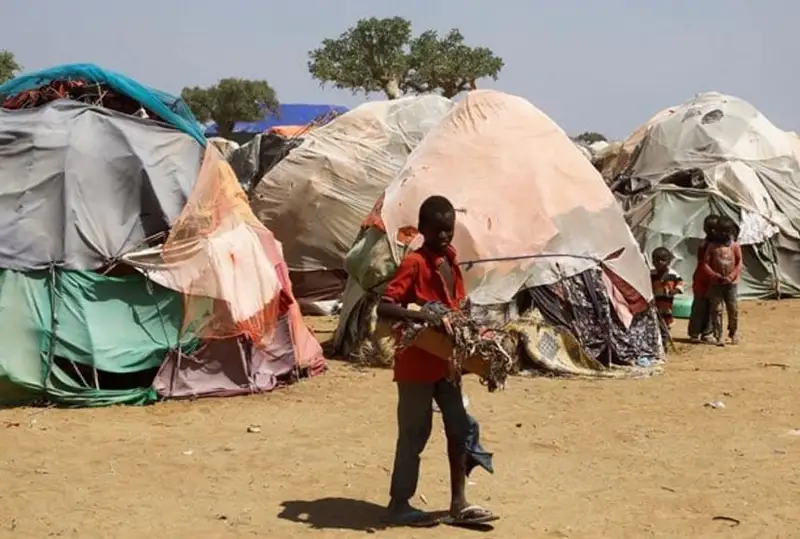Famine could rip through Somalia as soon as April, UN warns

Though the attention of the world has gradually returned to the country following similar dire warnings last year, this has not resulted in additional funding for the humanitarian response there.
Adam Abdelmoula, the UN’s humanitarian coordinator for Somalia, described the drought currently ravaging the African nation as «truly unprecedented» and said more than 700,000 people are expected to experience catastrophic hunger.
«The 2011 famine that killed 360,000 people was the result of three consecutive failed rainy seasons,» he told Arab News. «Now, we have already sailed past five failed rainy seasons — and that should tell you where are we at the moment.
«Don’t listen to those who tell you that this is the worst drought in 40 years; this is the worst drought in Somalia’s recorded history, period.»
After the famine in 2011, the international community said «never again,» Abdelmoula pointed out, adding: «If we truly want to honor that promise, there is no time to lose. Every delay in assistance is a matter of life or death for families in need.»
The 2023 Humanitarian Response Plan for Somalia, unveiled last week by the UN, its humanitarian partners and the Somali government, includes the appeal for $2.6 billion in donations to help more than 8 million people in dire need of help and protection for their survival. That is almost half the population of the country, and women and children account for 80 percent of those in need.
Launching the appeal in the Somali capital Mogadishu, Abdelmoula said 3.8 million people in the country are internally displaced, one of the highest figures in the world. The majority were driven from their homes by conflict and climate shocks.
Such high levels of displacement, he said, exacerbate already limited access to basic services. An estimated 8 million people, for example, lack access to safe water supplies, sanitation and hygiene services at a time when disease outbreaks are on the rise compared with recent years.
Meanwhile, about 2 million Somali children under the age of five are likely to face acute malnutrition, including more than half a million likely to be severely acutely malnourished. Such high rates of acute malnutrition increase the risk of diseases and death from preventable causes such as cholera, measles and acute diarrhea. Less than a third of people in areas affected by drought have access to medical care.
More than 6 million people are likely to face high levels of acute food insecurity through March this year, said Abdelmoula, and the number is expected to increase to 8.3 million between April and June amid an anticipated reduction in funding for humanitarian assistance.
Although humanitarian aid contributions helped prevent the famine threshold from being surpassed last year, as had been projected, Abdelmoula pointed out that «the distinction between a declared famine and what millions of Somalis are already experiencing is truly meaningless.»
Photo: www.arabnews.com